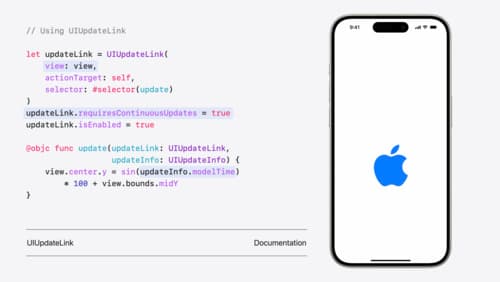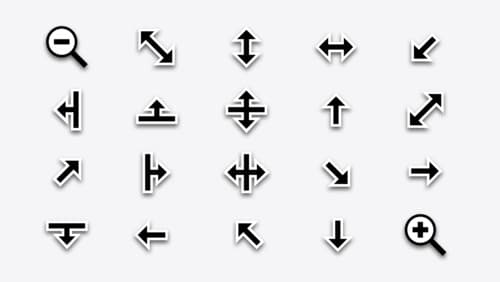how autolayout works
Asked on 2024-08-12
1 search
Auto Layout is a system used in Apple's development frameworks, such as UIKit, to create responsive and adaptive user interfaces. It allows developers to define rules and constraints for how UI elements should be positioned and sized relative to each other and the parent view. This ensures that the layout adapts to different screen sizes, orientations, and content sizes.
In the context of the WWDC sessions, Auto Layout is discussed in relation to dynamic type and accessibility. For example, in the session "Get started with Dynamic Type," it is mentioned how using UIStackView in UIKit can help manage layout changes when text size changes, especially for accessibility purposes. The stack view automatically adjusts the layout of subviews vertically or horizontally based on the content size category, which can be particularly useful for handling dynamic type changes.
Additionally, in the session "What’s new in UIKit," automatic trait tracking is introduced, which simplifies the process of handling layout changes by automatically tracking and responding to trait changes, such as size class changes, without the need for manual registration.
For more detailed information on how Auto Layout works with dynamic type and accessibility, you can refer to the session Get started with Dynamic Type (06:00) and What’s new in UIKit (06:02).

What’s new in UIKit
Explore everything new in UIKit, including tab and document launch experiences, transitions, and text and input changes. We’ll also discuss better-than-ever interoperability between UIKit and SwiftUI animations and gestures, as well as general improvements throughout UIKit.

What’s new in AppKit
Discover the latest advances in Mac app development. Get an overview of the new features in macOS Sequoia, and how to adopt them in your app. Explore new ways to integrate your existing code with SwiftUI. Learn about the improvements made to numerous AppKit controls, like toolbars, menus, text input, and more.

SwiftUI essentials
Join us on a tour of SwiftUI, Apple’s declarative user interface framework. Learn essential concepts for building apps in SwiftUI, like views, state variables, and layout. Discover the breadth of APIs for building fully featured experiences and crafting unique custom components. Whether you’re brand new to SwiftUI or an experienced developer, you’ll learn how to take advantage of what SwiftUI has to offer when building great apps.
